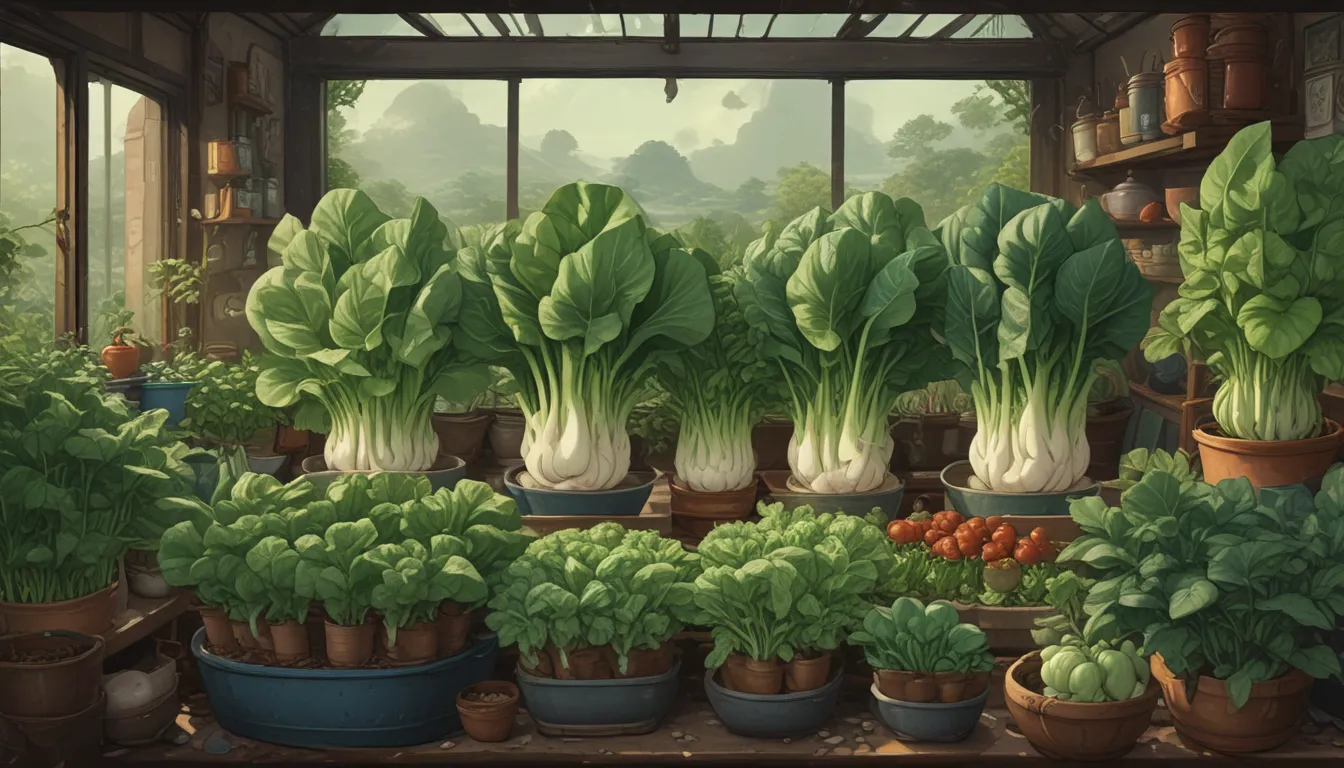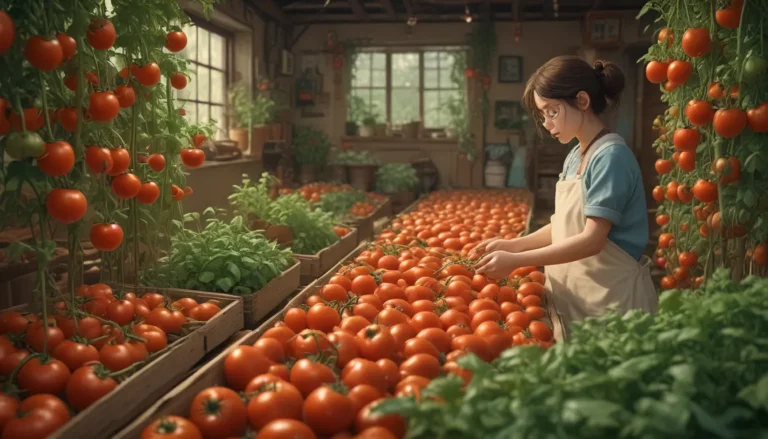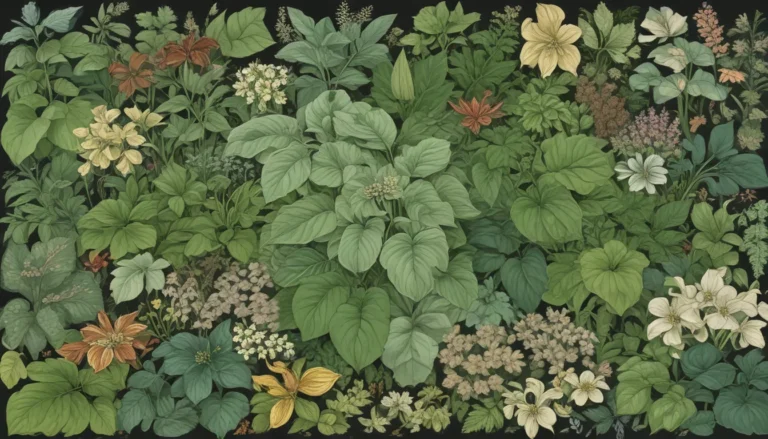Everything You Need to Know About Growing Bok Choy in Containers

Thinking about growing bok choy but don’t have a garden? No worries! You can easily grow it in containers, even in limited space like an apartment. In this comprehensive guide, we’ll walk you through the process of cultivating this beloved cruciferous leafy green in containers, from choosing the right pot to harvesting your homegrown produce. Let’s dive in!
Why Grow Bok Choy in Containers
Growing bok choy in containers offers several advantages beyond saving space. With containers, you have the flexibility to extend the growing season, protect your plants from pests and diseases, and have better control over preventing bolting – the premature flowering and seeding of the plant that affects its flavor and texture. Containers allow for easy movement and protection of your plants, making container gardening an excellent option for bok choy cultivation.
What You’ll Learn
Here’s what you’ll discover in this guide to growing bok choy in containers:
- Choosing the Right Container
- Preparing the Pot
- How to Sow
- How to Grow
- Growing Tips
- Cultivars to Select
- Managing Pests and Disease
- Harvesting and Storage
- Recipes and Cooking Ideas
Choosing the Right Container
When selecting a container for growing bok choy, ensure it has proper drainage holes and is made from a material that retains moisture well. Ideally, choose a pot that’s at least eight to 10 inches in diameter and six inches deep for dwarf varieties, or eight to 10 inches deep for standard cultivars. Provide ample space for each plant’s growth and remember to consider the portability of the container in case you need to move it indoors during extreme weather conditions.
Preparing the Pot
Use a sterilized potting mix that is well-draining and nutrient-rich to fill your containers. Avoid using ordinary garden soil, as it may not provide the necessary nutrients and drainage for healthy plant growth. Leave some space at the top of the pot for easy watering access, and ensure the soil is moist but not waterlogged.
How to Sow
Select a partially shaded spot for your containers that receives three to five hours of sunlight daily. Once the outdoor temperature is consistently above 50°F, sow the seeds a quarter-inch deep in the pot and maintain adequate moisture until germination. Thin the seedlings to provide ample space for growth and ensure healthy air circulation.
How to Grow
Container-grown bok choy requires regular watering to maintain moisture levels in the potting mix. Water the plants when the top inch of soil is dry, ensuring proper drainage to prevent waterlogging. Consider using a half-strength liquid fertilizer every two weeks to boost plant growth. Mulching can help retain moisture and suppress weeds. Protect your plants from extreme weather conditions by moving the pots indoors when necessary.
Growing Tips
For optimal growth, place your containers in partial shade with proper sunlight exposure. Provide adequate space for air circulation between plants and monitor plant health for signs of nutrient deficiencies. Fertilize with a high-nitrogen liquid plant food every two weeks and adjust watering frequency based on soil moisture levels.
Cultivars to Select
Choose dwarf varieties of bok choy for container gardening to ensure proper plant size and growth. Varieties like ‘Baby Choi’ and ‘Toy Choy’ are suitable for container cultivation, maturing quickly and producing flavorful leaves. Select cultivars that fit your container size and growth requirements for successful bok choy cultivation.
Managing Pests and Disease
Even in containers, bok choy is susceptible to insect pests and diseases. Prevent pests by maintaining plant health and providing adequate airflow. Watch for common pests like aphids, cabbage loopers, and diamondback moths, and treat them promptly with organic solutions like neem oil or insecticidal soap. Prevent diseases by avoiding overhead watering and providing proper spacing between plants to reduce moisture retention.
Harvesting and Storage
Harvest bok choy when the leaves reach the desired size, typically six to 10 inches tall for baby leaves and 30 to 40 days for full-size heads. Use the “cut and come again” method for continual harvesting, cutting older leaves one inch above the soil line. Store harvested bok choy in the refrigerator for up to five days in a zip-top bag to maintain freshness and flavor.
Recipes and Cooking Ideas
Enjoy your homegrown bok choy in various dishes like salads, stir-fries, and soups. Experiment with incorporating fresh bok choy leaves into your favorite recipes or try new dishes like a crispy bok choy salad with a buttery topping. Get creative in the kitchen and savor the flavors of your container-grown bok choy.
Conclusion
Growing bok choy in containers is a rewarding experience that offers a convenient way to cultivate fresh produce at home. With the right container, soil, and care, you can enjoy a bountiful harvest of this nutritious leafy green. Whether you’re a seasoned gardener or new to container gardening, growing bok choy in containers is a fun and fulfilling activity. Share your container gardening journey in the comments below and let us know your favorite bok choy recipes!
Experience the joy of container-grown bok choy and savor the flavors of your homegrown produce. Happy gardening!





